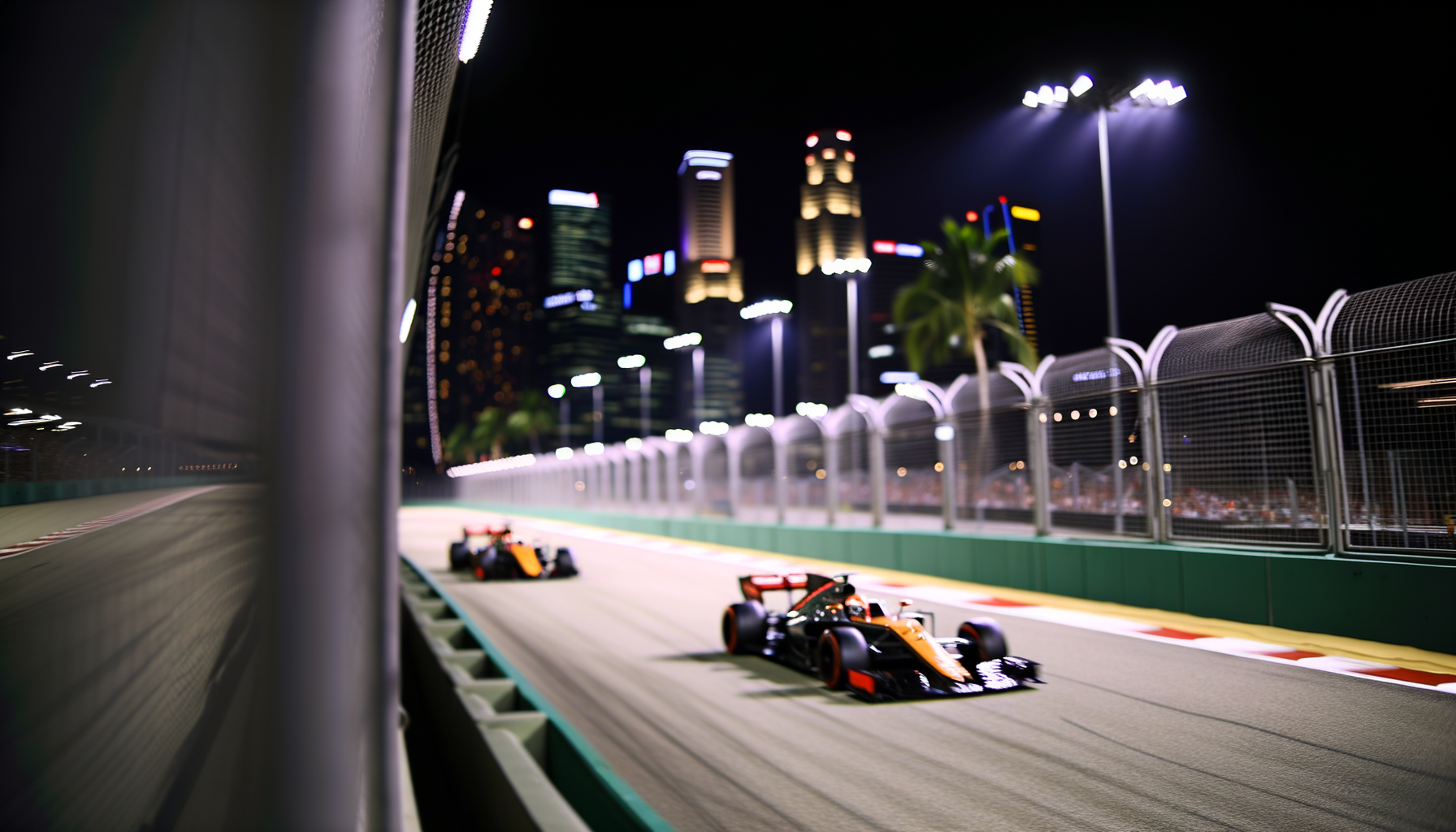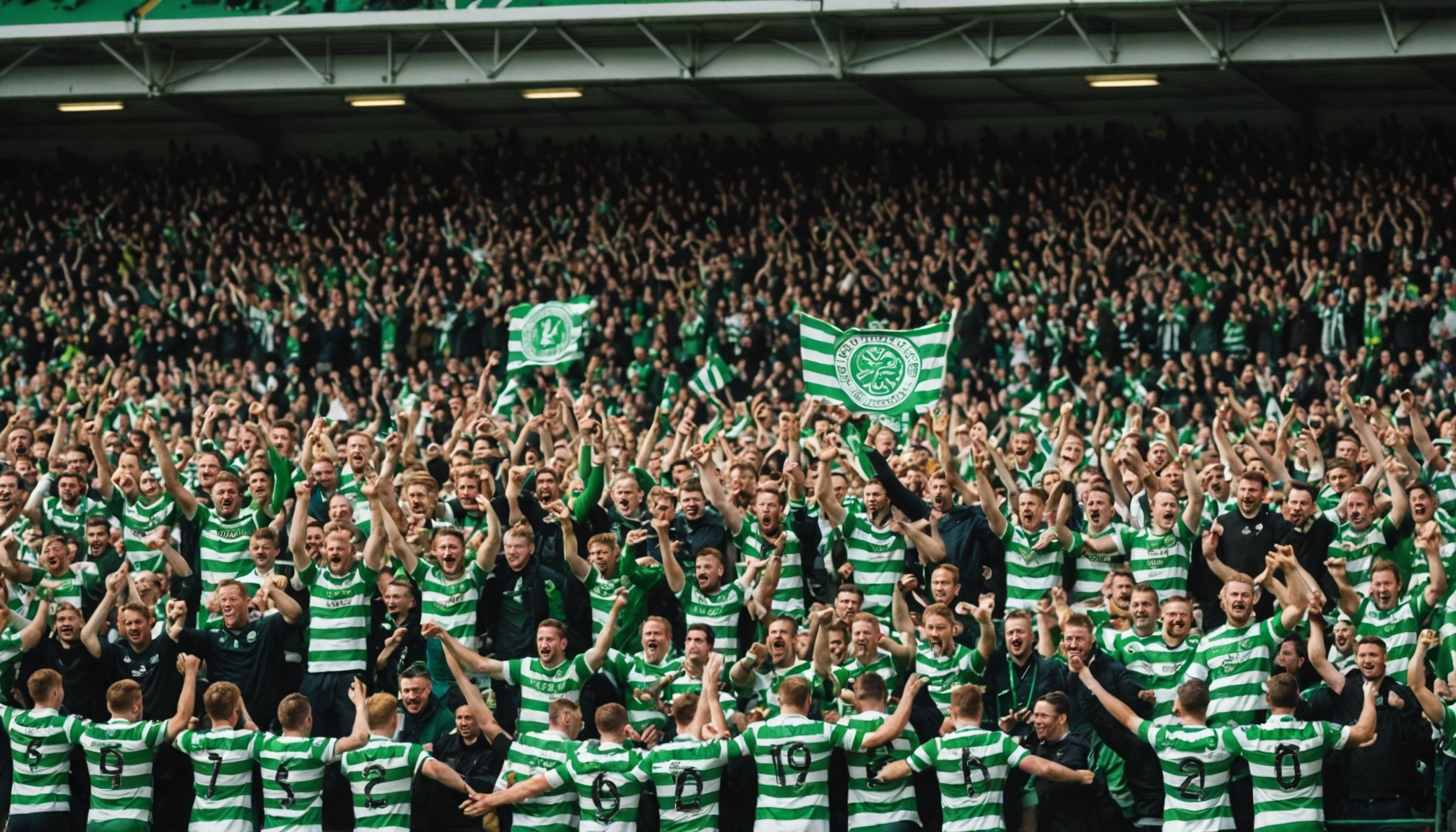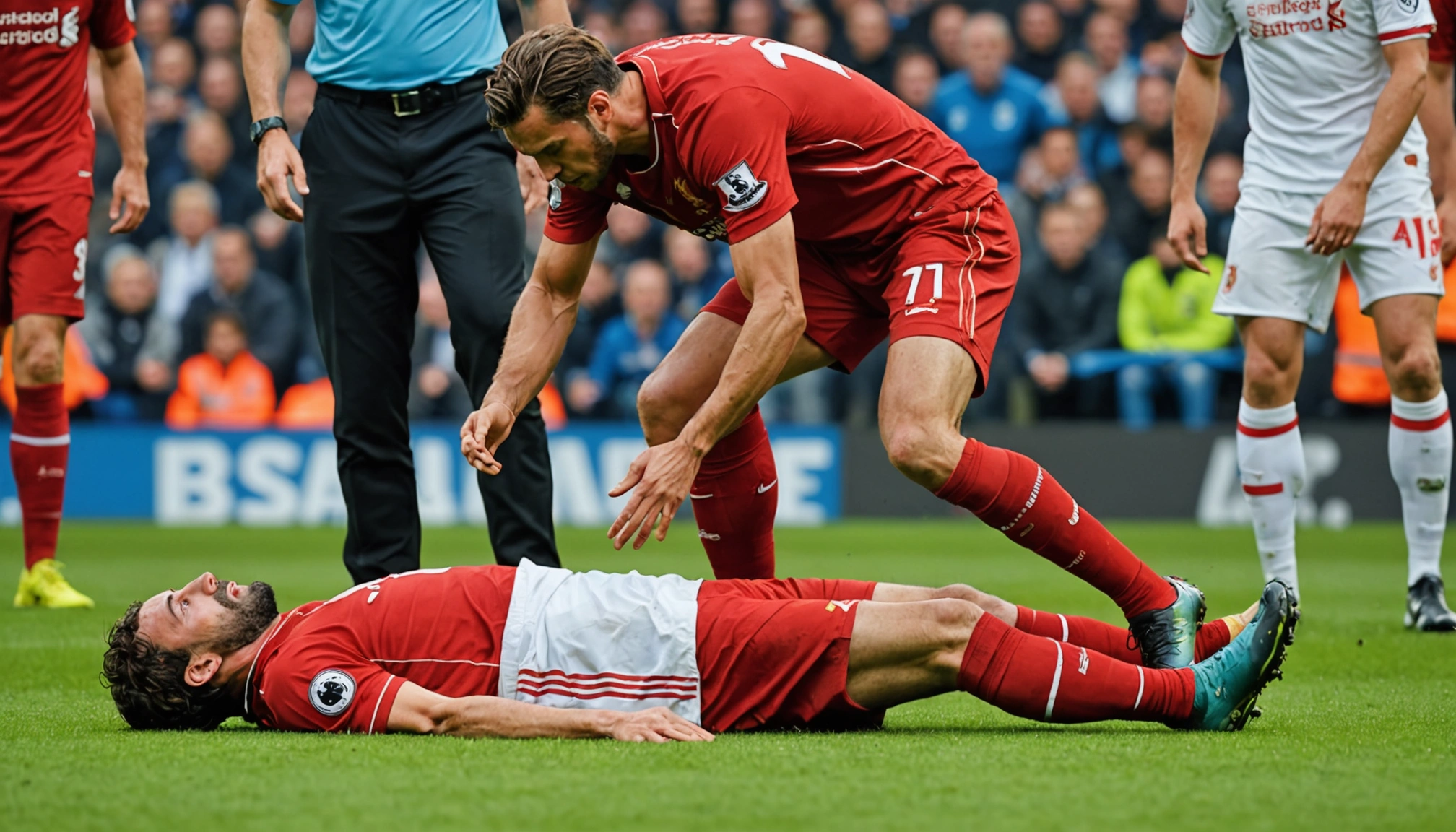Singapore GP Start Sparks McLaren Team Friction Over Orders
Discover how the Singapore GP start caused tension within McLaren, as Oscar Piastri voiced concerns over team orders, impacting strategy and team dynamics.

By Editorial
Introduction To The Singapore GP Controversy
The recent Singapore Grand Prix proved to be a dramatic turning point for McLaren, not just on the track but within the team itself. Oscar Piastri’s vocal protest over the lack of clear team orders at the start highlighted growing tensions between driver autonomy and team strategy. This incident has sparked debate on how Formula 1 teams balance individual driver ambitions with collective goals.
What Happened At The Singapore GP Start?
During the chaotic start of the Singapore GP, McLaren drivers found themselves in a challenging position. Piastri, relatively new to the team, felt that the absence of explicit team orders left him exposed to unnecessary risk. The lack of coordinated instructions led to friction, as the drivers had to make split-second decisions without clear guidance from the pit wall.
This scenario is not uncommon in F1, where split-second decisions can make or break a race. However, Piastri’s open criticism was notable for its frankness, signalling potential cracks within McLaren’s strategic approach.
Why Team Orders Matter In Formula 1
Team orders are a critical aspect of modern F1 racing. They help teams maximise their overall points haul and manage in-race risks, especially when both drivers are competing closely. Without clear orders, teams risk collisions and lost points, as seen in past seasons.
McLaren’s hesitation to issue strong team orders may reflect a culture that prioritises driver freedom, but it also risks internal competition escalating beyond control. Other teams, like Mercedes and Red Bull, have been more explicit with their orders, often leading to smoother race outcomes, even if it sometimes frustrates fans and drivers alike.
Oscar Piastri’s Perspective And Its Impact
Piastri’s protest resonated because it shed light on a young driver’s need for clarity and support. His stance underscores the challenges rookies face balancing aggressive racing with strategic compliance. This dynamic can influence a driver’s confidence and performance throughout a season.
The tension at Singapore has prompted McLaren management to reconsider their communication protocols during races. Effective team orders require trust and timely execution, which are essential for maintaining harmony and achieving competitive results.
How McLaren Can Resolve The Internal Tensions
Resolving this friction will require McLaren to establish clearer guidelines on when and how team orders are communicated. Training both drivers and race engineers on communication can reduce misunderstandings.
Moreover, fostering a culture where drivers feel heard but also understand their role within the team’s broader strategy is vital. Case studies from other teams show that transparent communication channels and pre-race agreements on race conduct can significantly reduce conflicts.
Case Study: Ferrari’s Team Orders Approach
Ferrari’s management of team orders has evolved over the years. Their 2023 season highlighted the importance of balancing driver rivalry with team objectives. After several public disagreements, Ferrari implemented stricter protocols that helped optimise race outcomes without sacrificing driver morale.
Broader Implications For Formula 1 Teams
McLaren’s situation is reflective of a wider debate in Formula 1 about player power and team control. Similar issues have been observed off the track in other sports, such as football. The Isak and Wissa transfer saga is a prime example of athletes asserting influence over team decisions, sparking a broader conversation on the balance of power.
In F1, as in football, the challenge lies in harmonising individual ambition with collective success. Teams must navigate these waters carefully to maintain competitive edge and team cohesion.
What Fans Can Expect Moving Forward
For spectators, Piastri’s outspoken nature adds a new layer of intrigue to McLaren’s narrative. Fans will be watching closely to see how the team manages internal dynamics in upcoming races.
The Singapore incident may prompt McLaren to adopt more structured race strategies, potentially influencing their performance in the remainder of the season. This development parallels recent moments in other sports where in-game decisions and player interactions have changed the trajectory of a season, such as Josh Allen’s leadership in a stunning comeback in American football.
Conclusion: The Road Ahead For McLaren And Piastri
The Singapore GP start incident has undeniably placed McLaren’s team dynamics under the microscope. Oscar Piastri’s insistence on clearer team orders highlights a growing need for better communication and strategic alignment within the team.
As McLaren looks forward, embracing lessons from this friction could strengthen their race strategy and improve driver relations. Fans and analysts alike will be eager to see if McLaren can turn this moment of tension into a catalyst for growth and success.
Related topics
Editorial
Sports expert at SportsScoop
Specialist in sports analysis and journalism
Related articles
Want to read more?
Explore our comprehensive collection of sports articles and analysis, or contact us for more information.



